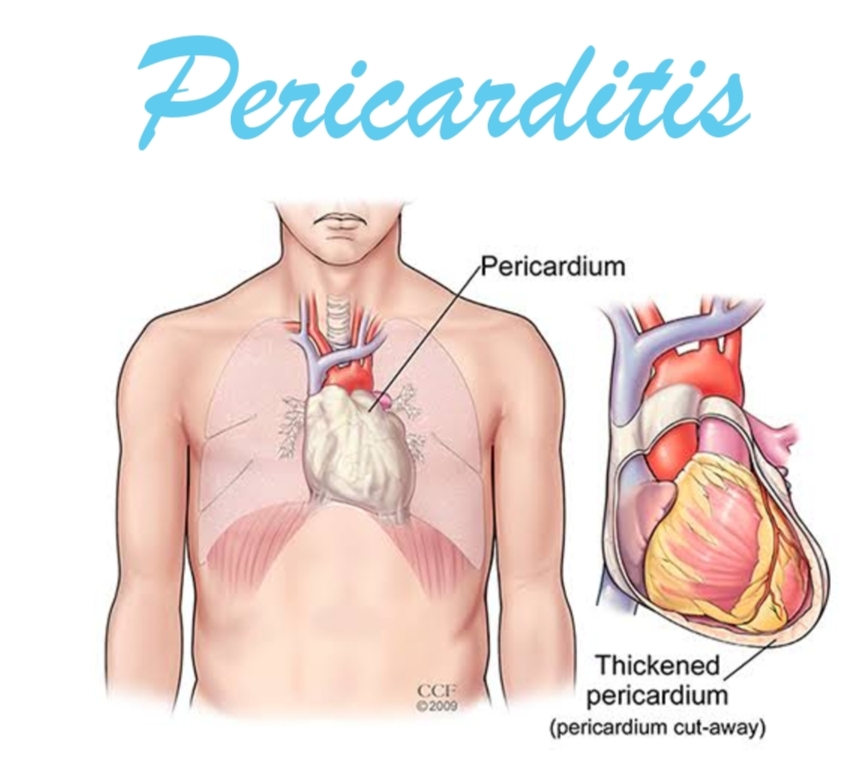
DEFINITION
The pericardium becomes gradually fibrosed, thickened and inelastic. It acts as a rigid case, encasing the heart. It interferes with the diastolic relaxation of heart and hence ventricular filling. The net result is a reduction in cardiac output and elevation of systemic venous pressure.
ETIOLOGY
- TB
- Hemopericardium and cardiac surgery.
- Mediastinal irradiation
- Rheumatoid arthritis
- SLE
- Acute pericarditis.
CLINICAL FEATURES
- Weakness, fatigue, weight loss and anorexia.
- Patient appears emaciated with a protuberant abdomen.
- Pulse is of low volume and pulsus paradoxus may be present.
- Neck veins are engorged.
- Kussmauls signs may be positive. This is rise in height of JVP during inspiration.
- Heart sounds may be muffled.
- Pericardial knock may be audible.
- Congestive hepatomegaly.
- Ascites.
INVESTIGATIONS
- Chest radiography: Heart size is normal or reduced.
- Pericardial calcification.
- Fluoroscopy shows reduced cardiac pulsations.
- Echocardiography can confirm pericardium thickening and calcification.
- ECG show low voltage QRS complex and T wave changes.
- MRI.
TREATMENT
Pericardiectomy is the only definitive treatment.